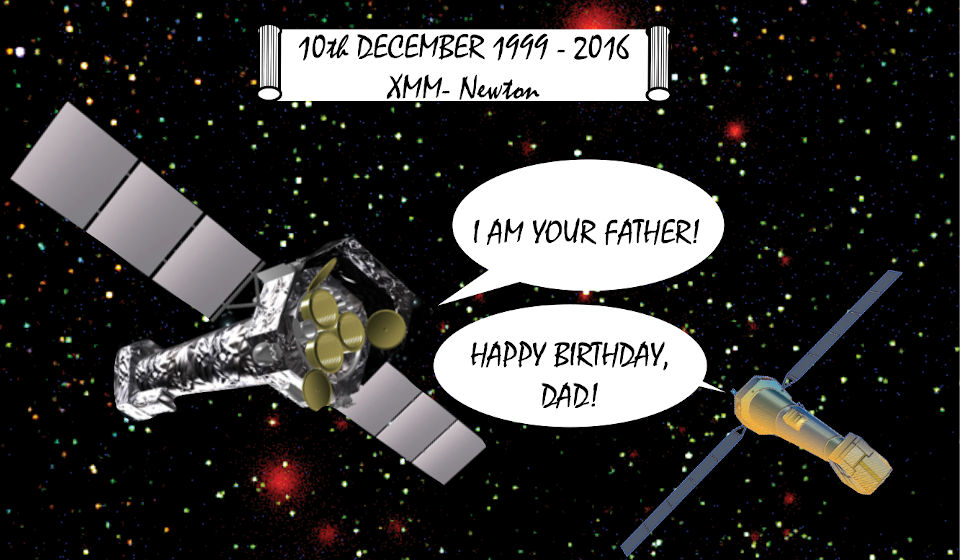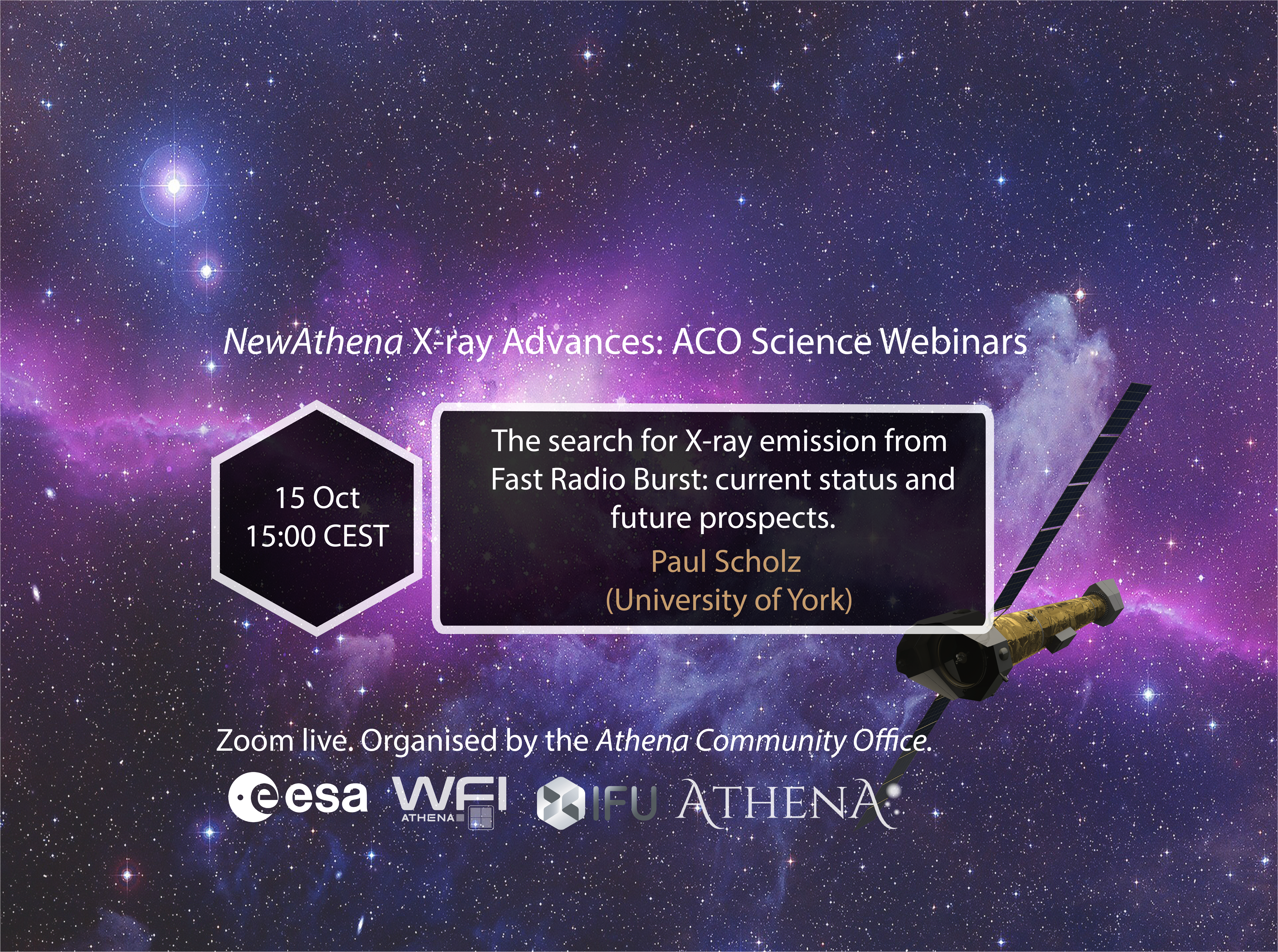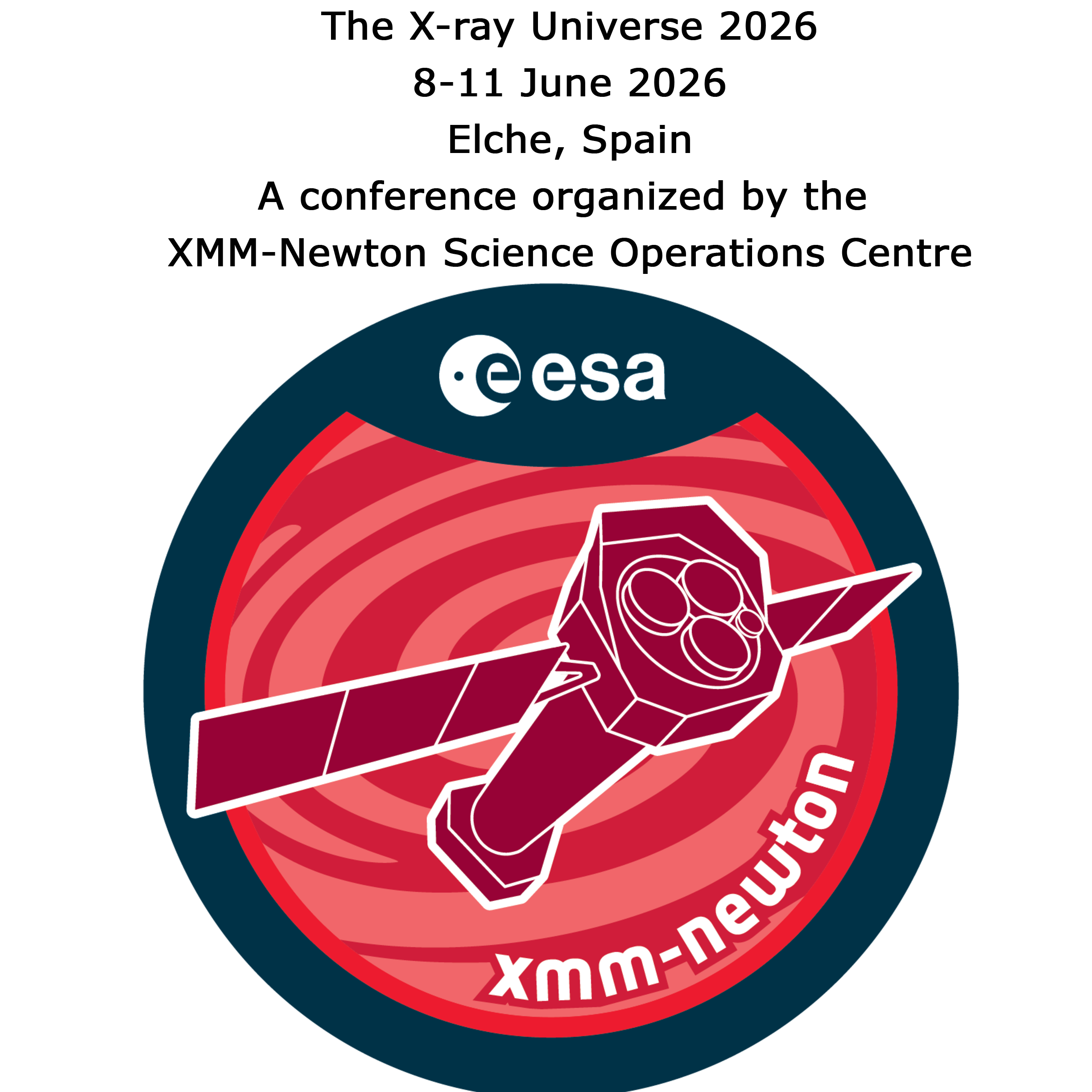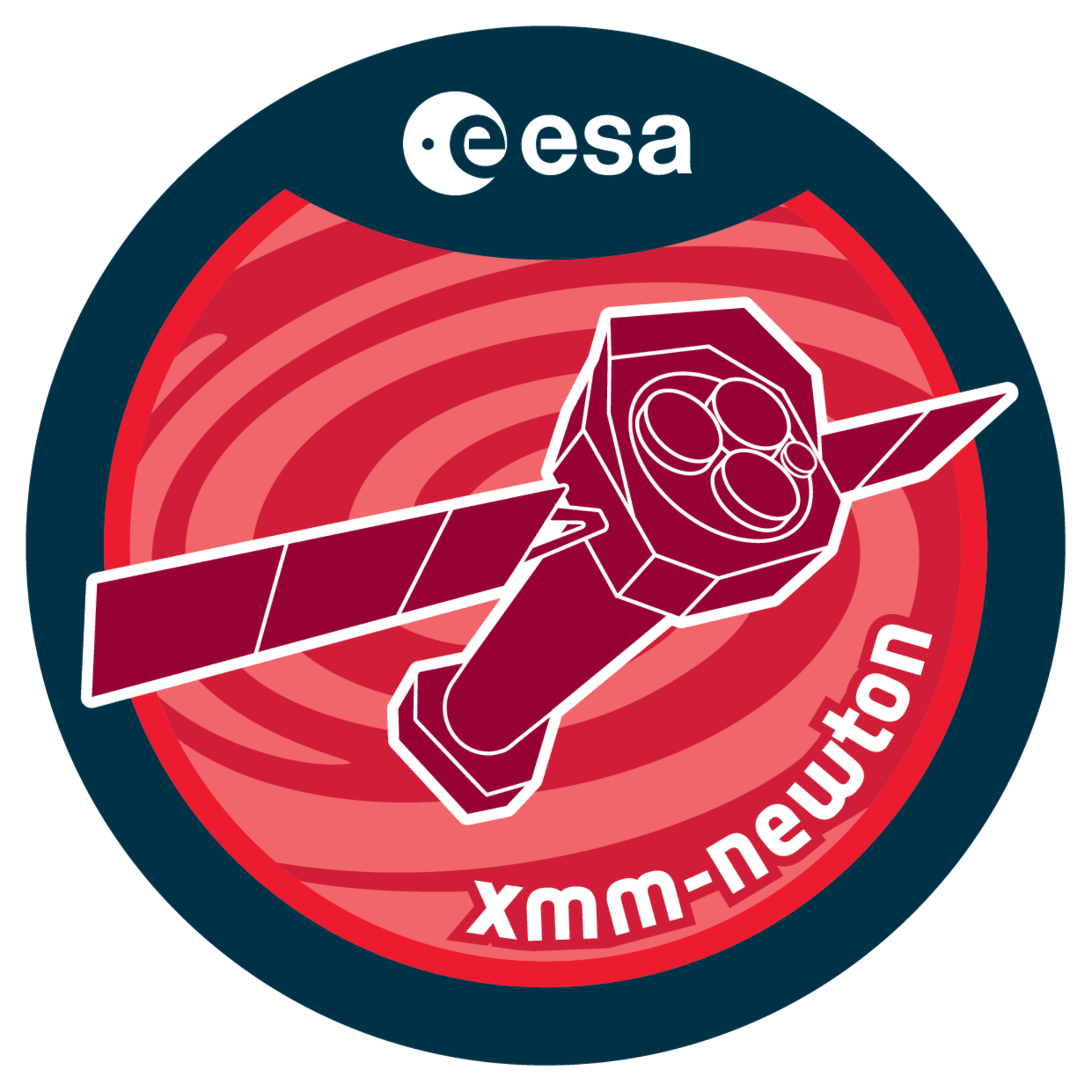
XMM-Newton: a 17-years-long story of productive European X-ray astronomy

The direct predecessor of the Athena observatory within the European Space Agency's (ESA) science programme is the XMM-Newton X-ray observatory, the second cornerstone of ESA's Horizon 2000 programme.
XMM-Newton was launched from Kourou (French Guyana) on December 10, 1999 on an Ariane 5 rocket and it is still going strong and producing first-rate science, as evidenced by the over 5000 refereed publications based on its data, at the time of writing. As such, XMM-Newton is the most successful of ESA's science missions, and already one of the longest-lived one (the record is on IUE's with more than 18 years in space). This is a strong testimony to the skill and dedication of the many hundreds of European and international partners that have and are still contributing to its design, building and operation, and to the interest of the many thousands of researches from all over the world that use its data regularly.
Together with NASA's Chandra, it has contributed to make X-ray astronomical observations commonplace, just one more of the many powerful tools currently available to investigate and unravel the mysteries of the Universe.
This dynamic heritage will be carried over to Athena, the second large mission in ESA's Cosmic Vision 2015-25 plan, to be launched in 2028. We wish our precursor many happy more years of discoveries. Happy anniversary Dad!
Latest News











